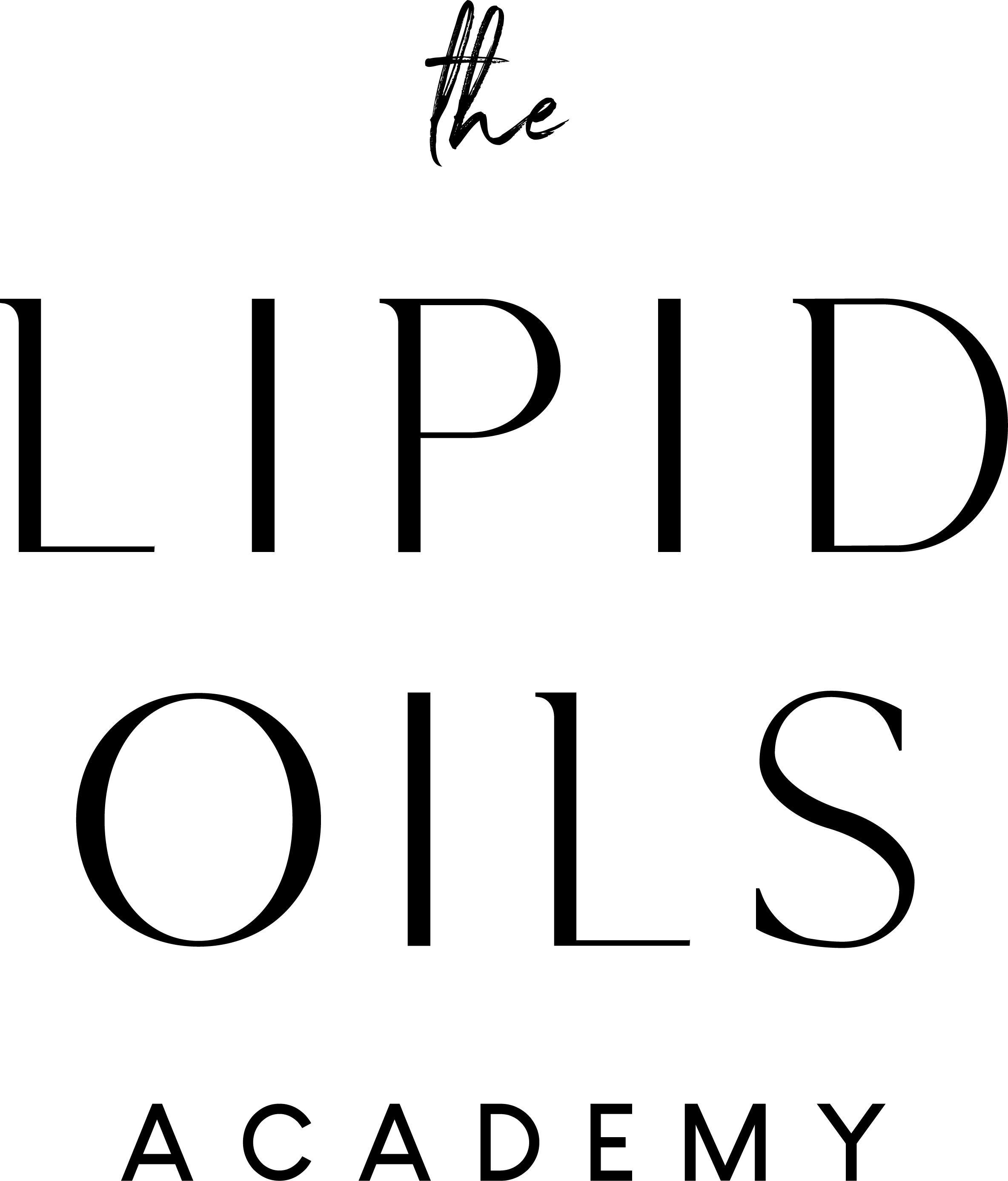The rose family (Rosaceae) includes a variety of oils that are incredibly beneficial for the skin. From stone fruits like peaches, plums, and apricots to antioxidant-rich berries such as raspberries and blackberries, these oils are rich in nourishing nutrients that help protect and support healthy skin.
In this post, I’ll share a simple facial oil recipe made with oils from the rose family—perfect for a lightweight, nourishing option during the summer months, but versatile enough to use throughout the year.

Why Rose Family Oils?
Oils from the rose family fall into two main categories, each offering distinct benefits:
1. Stone Fruit Oils: Oils such as apricot kernel, plum kernel, and peach kernel contain oleic acid, a monounsaturated fatty acid known for its ability to support the skin’s moisture barrier and improve overall skin resilience. These oils tend to be pale in color, light in texture, and have mild scents, making them excellent base oils for formulations.
2. Berry and Shrub Oils: Oils like raspberry seed and blackberry seed contain linoleic acid and alpha-linolenic acid—two essential fatty acids that help support the skin’s elasticity and overall health. These oils are typically more deeply pigmented and contain antioxidants, which help protect the skin from environmental stressors.
Together, these oils create a light, nourishing facial oil that works to protect the skin and help lock in moisture without feeling heavy.

Raspberry seed oil contains both omega-6 and omega-3 fatty acids, making it a great addition to this facial oil blend. For this formula, I’ve chosen a base of apricot kernel oil and plum kernel oil, then added rosehip seed oil along with raspberry seed oil and blackberry seed oil.
This results in a light facial oil that benefits from the antioxidants in the berry oils, making it suitable for year-round use, though especially beneficial during the warmer summer months.
Facial Oil Recipe
The recipe below is in parts
2 parts apricot kernel oil
2 parts plum oil
1 part rosehip seed oil
1 part blackberry seed oil
1/2 parts raspberry seed oil
Starting with teaspoons and tablespoons is a great way to get a feel for a new oil combination. Once you find a formula that works for you, you can transfer it into percentages or weights for easier measurement and consistency.
Variations and Substitutions
Both apricot kernel oil and plum kernel oil are high in oleic acid, a monounsaturated fatty acid known for its skin barrier-supporting and moisturizing properties. These oils tend to be minimally pigmented with mild to no scent, making them excellent base oils. You can substitute peach kernel oil or almond oil for either of these two oils if you prefer.
Rosehip seed oil contributes both essential fatty acids, as well as a significant dose of antioxidants, particularly the carotenoid pro-vitamin A when used in its unrefined form.
The berry oils—blackberry seed oil and raspberry seed oil—are both high in the essential fatty acids linoleic acid and alpha-linolenic acid, which help maintain the skin’s health. These oils are also rich in antioxidants, providing added protection from environmental stressors.
A Note on Rosehip Seed Oil and Pigment
Rosehip seed oil can vary widely in color, from a fully refined oil with no color to pale gold all the way to deep red, depending on the extraction method and level of refinement. If you have highly pigmented rosehip seed oil, you can dilute it with almond oil or another neutral oil from the rose family, such as peach kernel oil.
A 1:6 ratio (rosehip seed oil to almond oil) works well, allowing you to still enjoy the skin-nourishing benefits of rosehip seed oil without risking an overly strong tint on the skin.
Lipid Oils in the Rose Family
Here’s a list of oils you can explore from the rose family, each offering unique benefits:
- Plum kernel oil
- Peach kernel oil
- Almond oil
- Apricot kernel oil
- Rose hip seed oil
- Raspberry seed oil
- Blackberry seed oil
- Quince seed oil
- Apple seed oil
- Cherry kernel oil
- Strawberry seed oil
- Cloud berry seed oil
- Pear seed oil
Pear seed oil and apple seed oil are still relatively new to the market, but as demand grows, we can expect to see more oils from this family becoming available.
What Are You Working on This Summer?
Have a question or comment? Let me know what projects you’re focusing on this summer or share your thoughts below!

Recently I got into a plant called Virginia Creeper. It wasn’t very nice to me. Ended up in urgent care and right before vacation. My sister had me try a salve her friend makes out of dandelions and sells. I was on this medicated stuff the doctor ordered and pills for about a week and barely touched it. This salve she gave me the first day I was at her house. Washed all the medicated stuff off and put on the beautiful yellowish salve that almost instantly took itching and stinging away. Before bed repeated the process. I was amazed. She took pictures before, and then that morning and sent it to her friend. Needless to say I bought some before I left for home. So glad I did.
Anyway I read you could use the yellow flowers of the beautiful sunflower too. For some reason I planted a bunch of them a month before vacation. From little to giant ones. I’m in the process of drying all the yellow flower. I read where someone used different carrier oils, but I can’t find it again.
Any hints in the right direction would be appreciated.